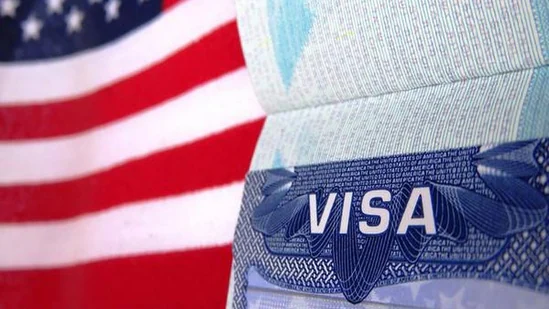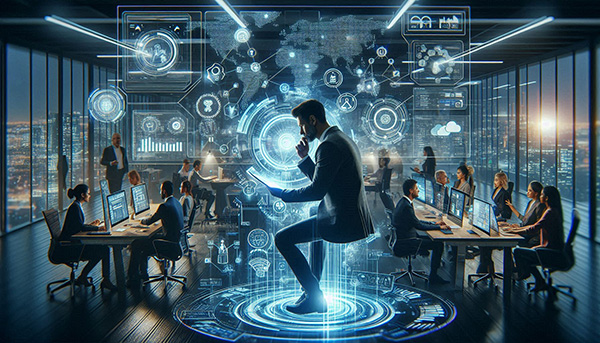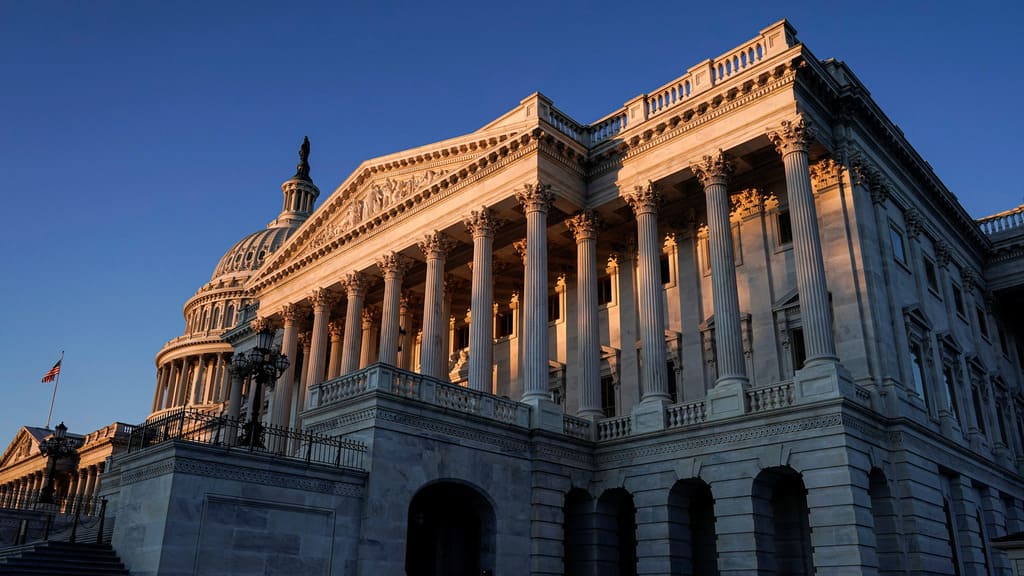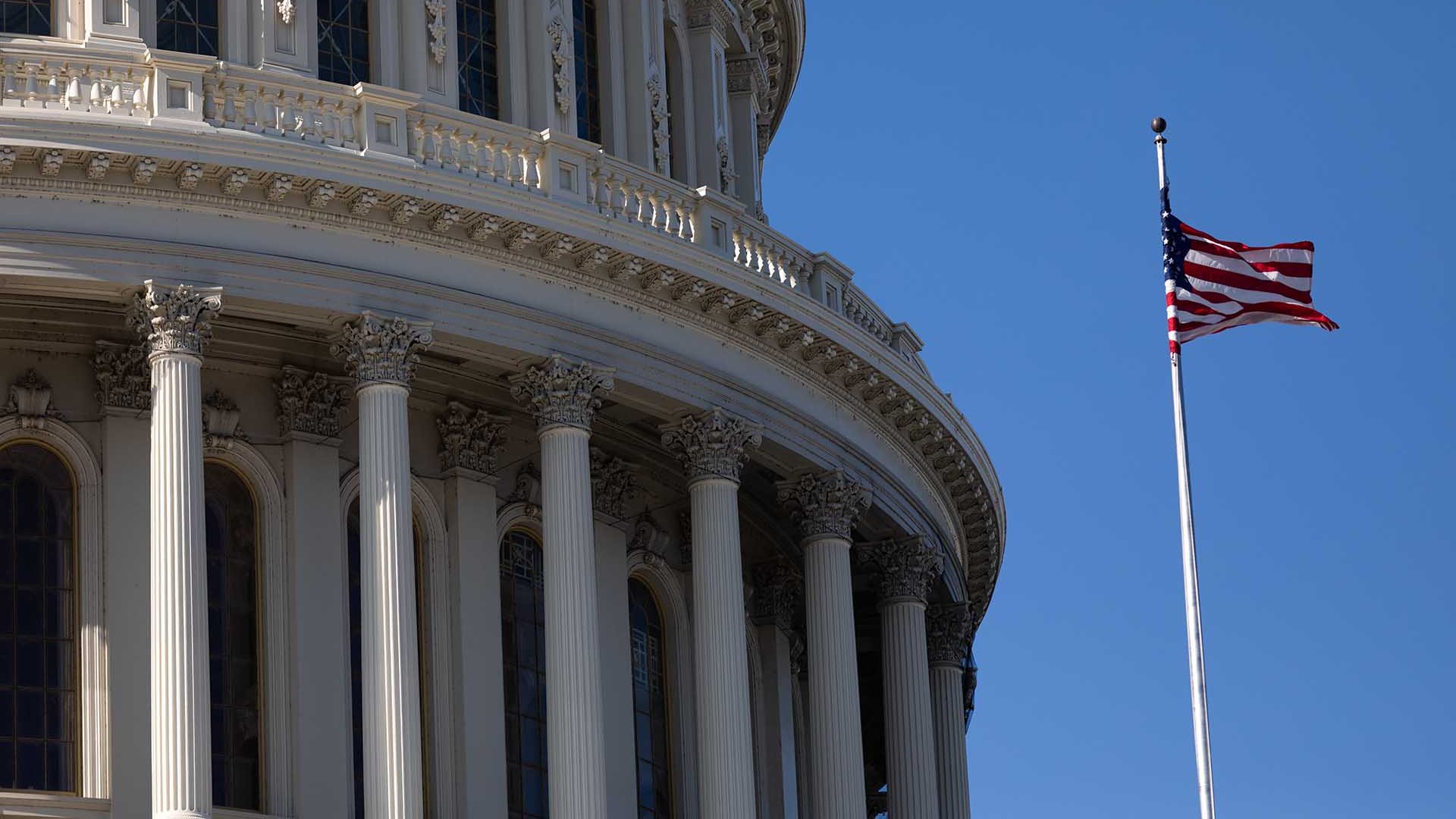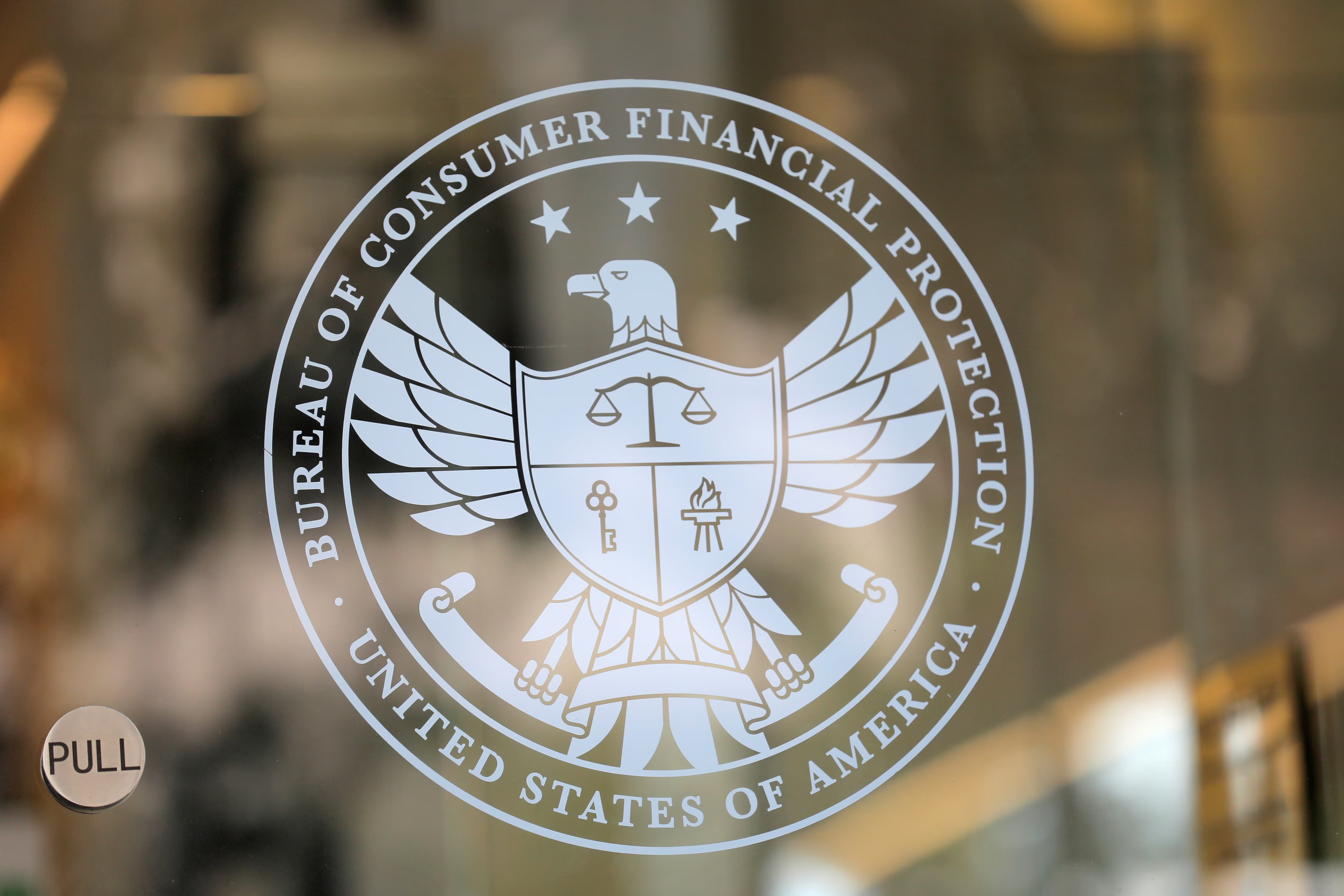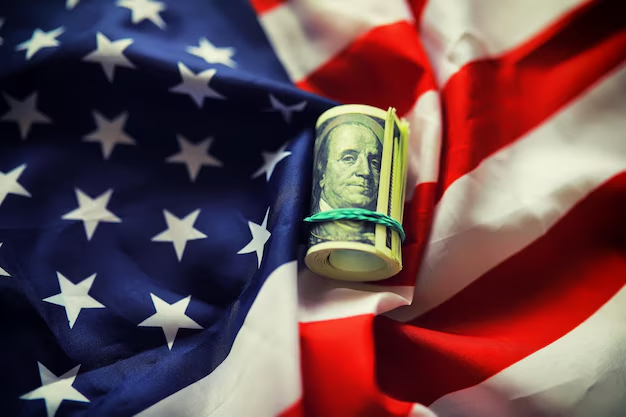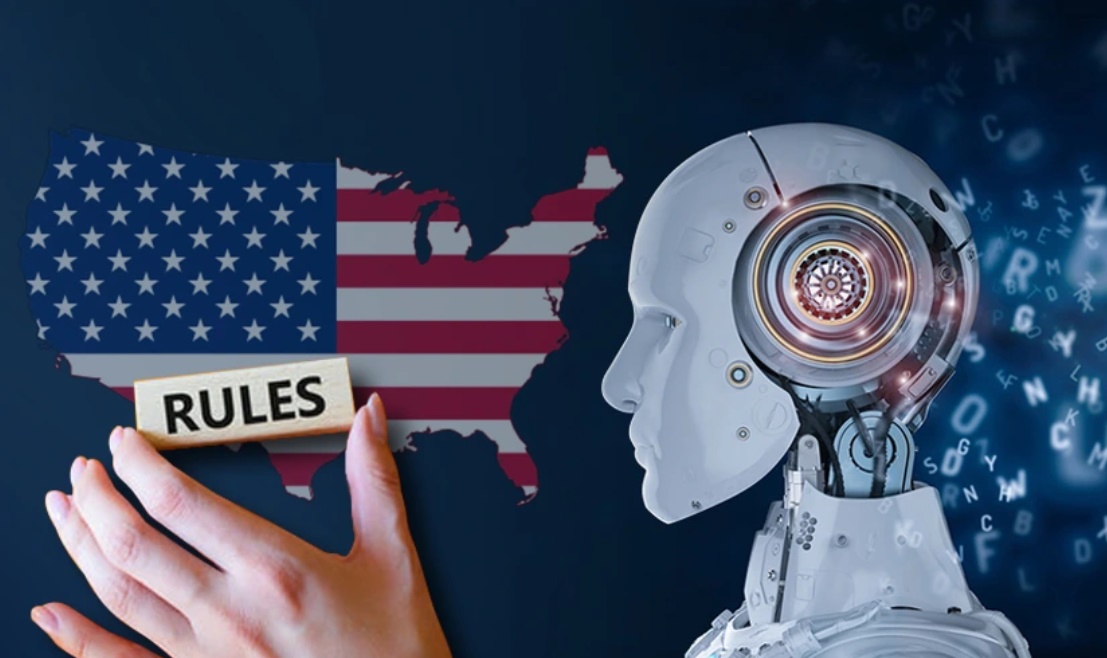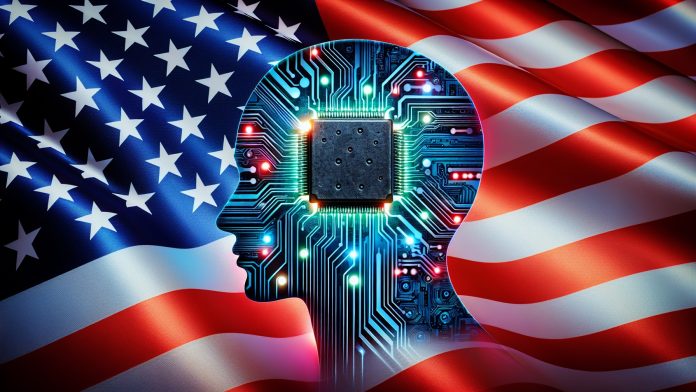🏦 USA Bank Loans in 2025: Navigating the Future of Borrowing
BynambiPublished 88 days ago
Section 1: Who’s Borrowing and Why?
The profile of borrowers in 2025 is diverse and dynamic:
Young professionals and millennials account for the largest share of mortgage and personal loan seekers, eager to capitalize on historically moderate interest rates before potential hikes.
Gig economy workers and freelancers demand flexible, income-sensitive loan products that accommodate irregular cash flows.
Small business owners look for quick, technology-driven access to capital to fuel innovation and expansion.
Environmentally conscious consumers gravitate toward green loans rewarding sustainable investments like solar panels, energy-efficient homes, and electric vehicles.
Section 2: Emerging Loan Products Transforming the Market
1. AI-Powered Personalized Lending
Banks deploy AI algorithms that analyze beyond traditional FICO scores—examining behavioral data, transaction histories, and social signals—to provide tailored loan terms, often with better rates for lower-risk borrowers.
2. Green Financing Options
Eco-friendly mortgages, auto loans, and personal loans are increasingly popular, offering reduced interest rates and cashback incentives to promote sustainability goals aligned with national climate initiatives.
3. Flexible, Income-Responsive Repayment Plans
These loans adjust monthly payments based on actual income fluctuations, especially beneficial for gig workers and freelancers who face variable earnings.
4. Instant Microloans
Leveraging mobile platforms and real-time data, microloans up to a few thousand dollars can be approved within minutes, providing emergency liquidity to underserved segments.
Section 3: The Role of Technology in Lending
Seamless digital applications enable borrowers to apply for and receive loans from their smartphones in under 10 minutes.
Blockchain and smart contracts ensure transparency, reduce fraud, and automate disbursements and repayments.
AI chatbots and voice assistants provide personalized guidance, answer queries, and even assist with loan management.
Embedded lending integrates loan offers directly into popular apps and marketplaces, enabling frictionless borrowing at the point of need.
Section 4: Challenges and Risk Management
While innovation expands access, borrowers must be mindful of:
Interest rate volatility: With inflationary pressures, fixed-rate loans are often safer bets.
Over-indebtedness: Easy digital access can tempt borrowers to take on unsustainable debt loads.
Privacy concerns: The growing use of personal data in underwriting demands vigilance about data security.
Complex fee structures: Hidden fees, prepayment penalties, and variable rates require thorough review before commitment.
Section 5: Practical Tips for Borrowers in 2025
Thoroughly compare loan offers including APR, fees, and repayment flexibility.
Maintain or improve your credit profile by timely payments and minimizing credit utilization.
Utilize financial apps and AI advisors to simulate repayment scenarios and manage budgets.
Explore green loans and incentives if you qualify to reduce overall borrowing costs.
Lock in rates early if forecasts suggest rising interest rates.
Section 6: Looking Ahead – The Future of Borrowing
Voice-activated loan management: Enable hands-free control over payments and queries.
Sustainability-linked lending: Borrowers rewarded for reducing carbon footprints and social impact.
Real-time financial coaching: AI-powered systems proactively guide borrowers to optimal financial decisions.
Integrated ecosystems: One platform to borrow, save, invest, and insure—simplifying financial lives.
Conclusion: Empowered Borrowing in a Changing World
Bank loans in 2025 offer unparalleled opportunities, fueled by technology and a borrower-centric approach. However, navigating this landscape requires awareness, prudence, and smart use of the tools at your disposal.
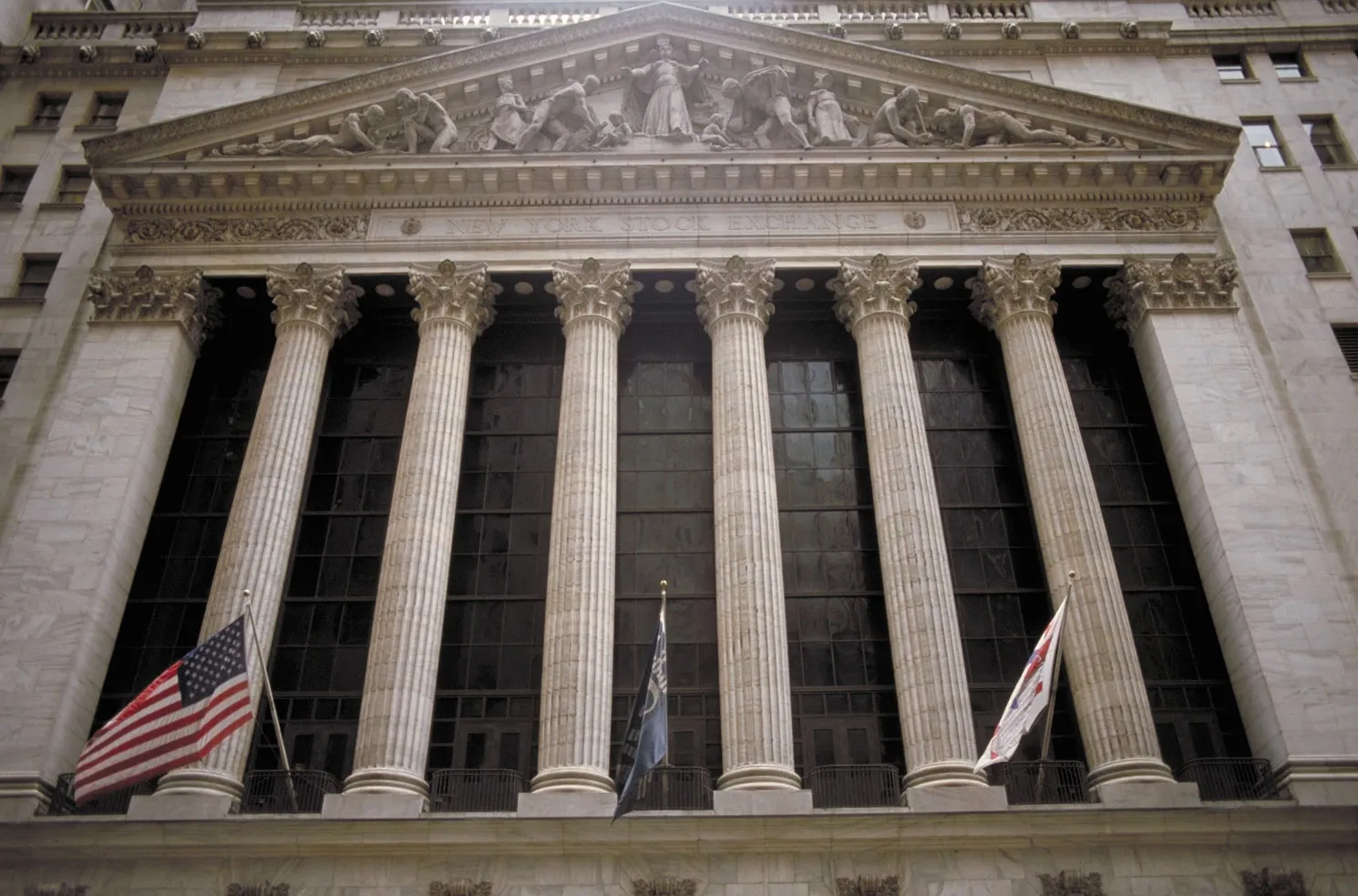
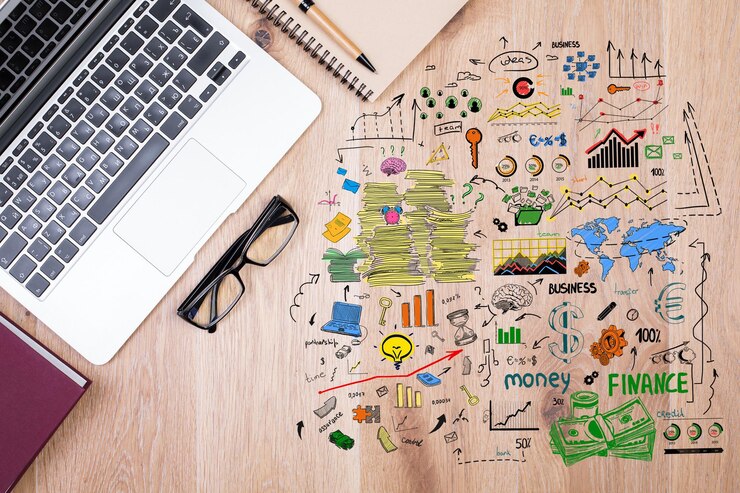


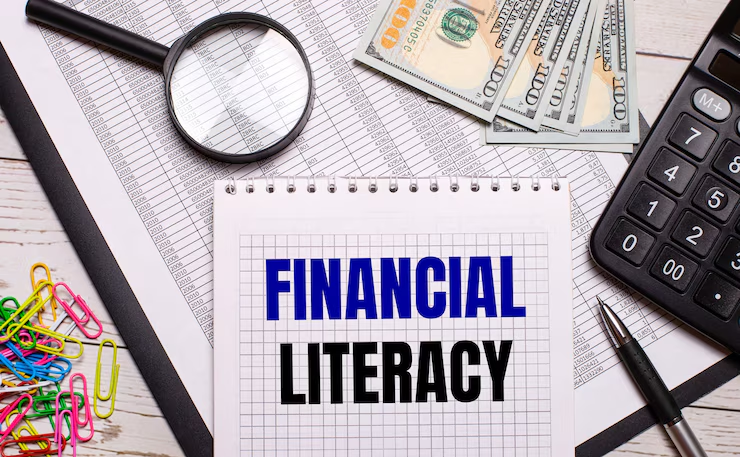
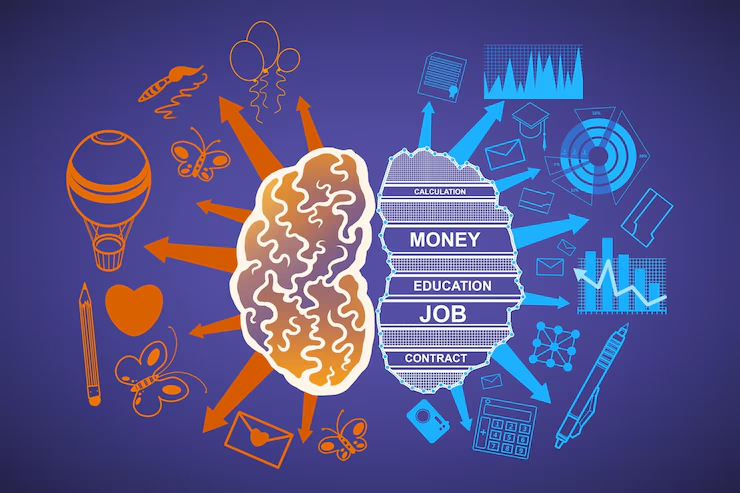

.avif)
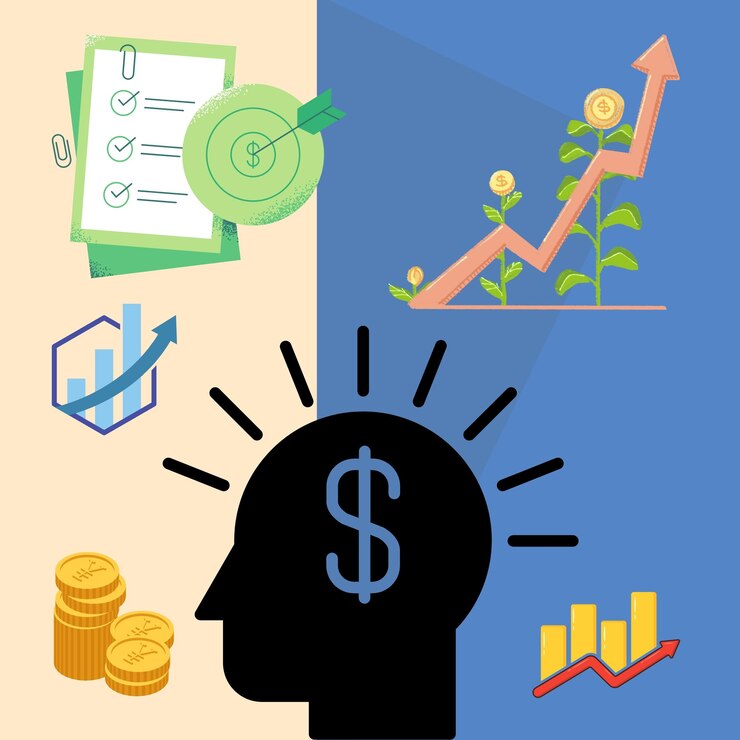
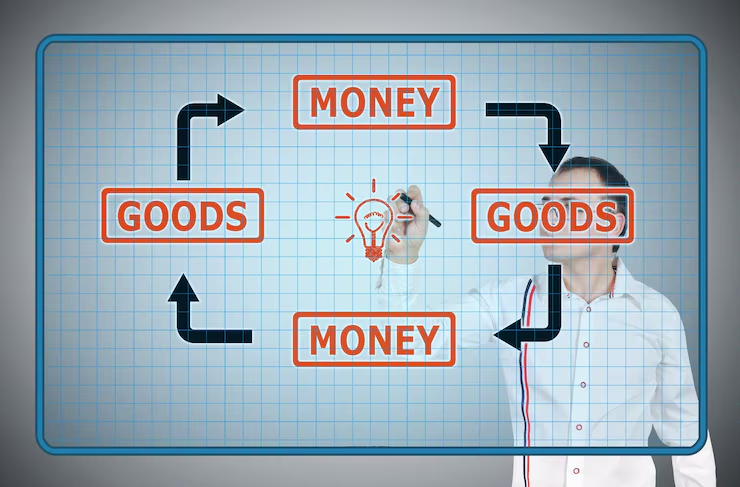



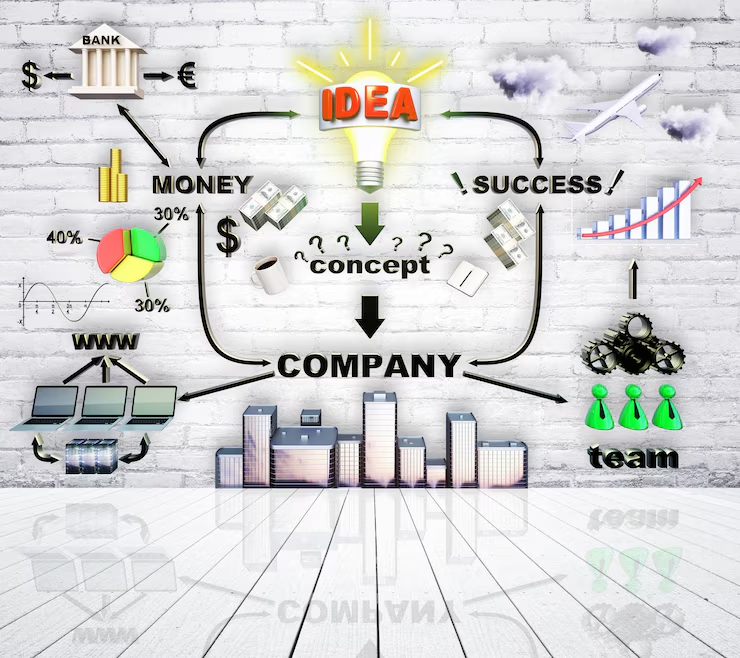

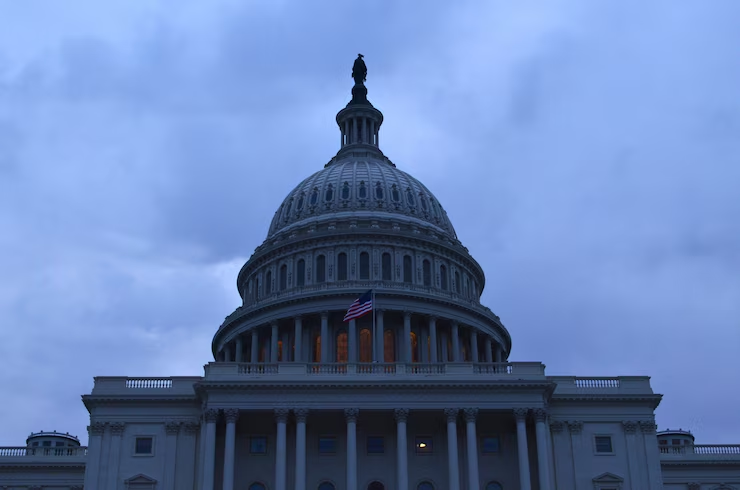
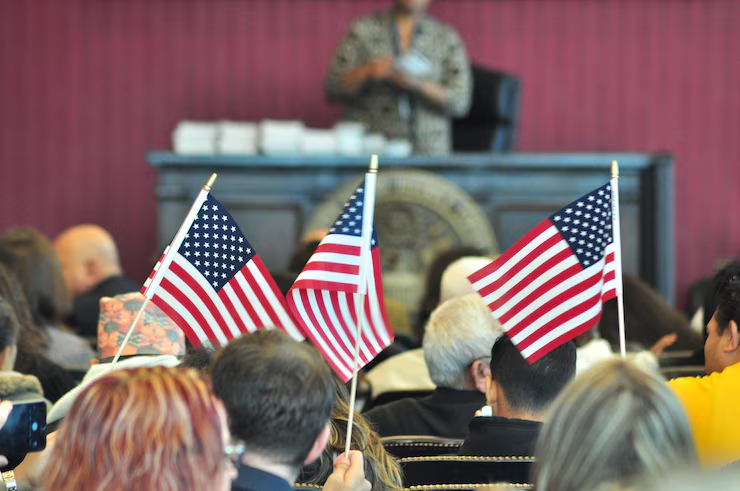





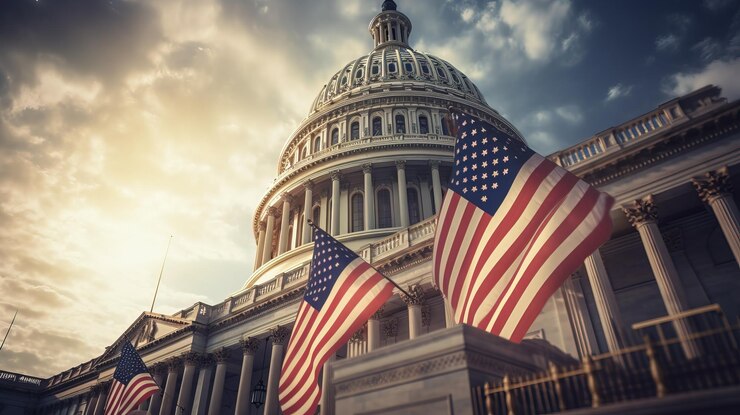
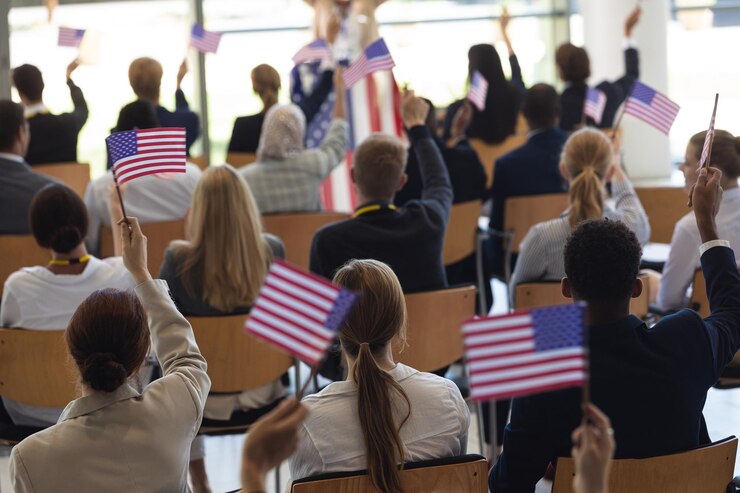
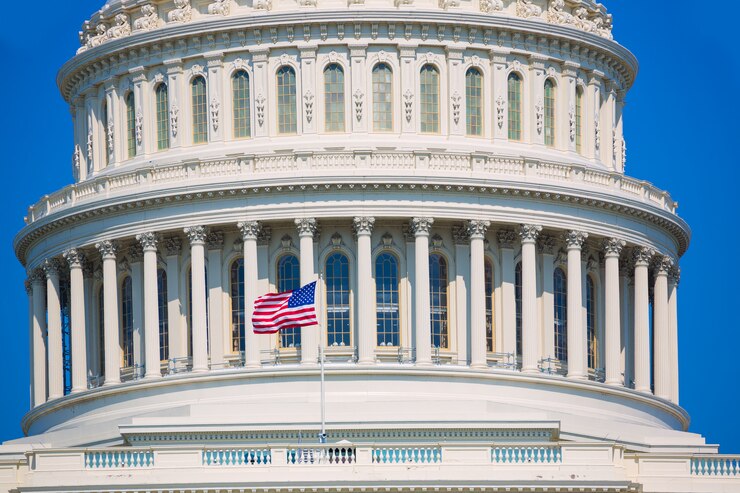

.jpg)
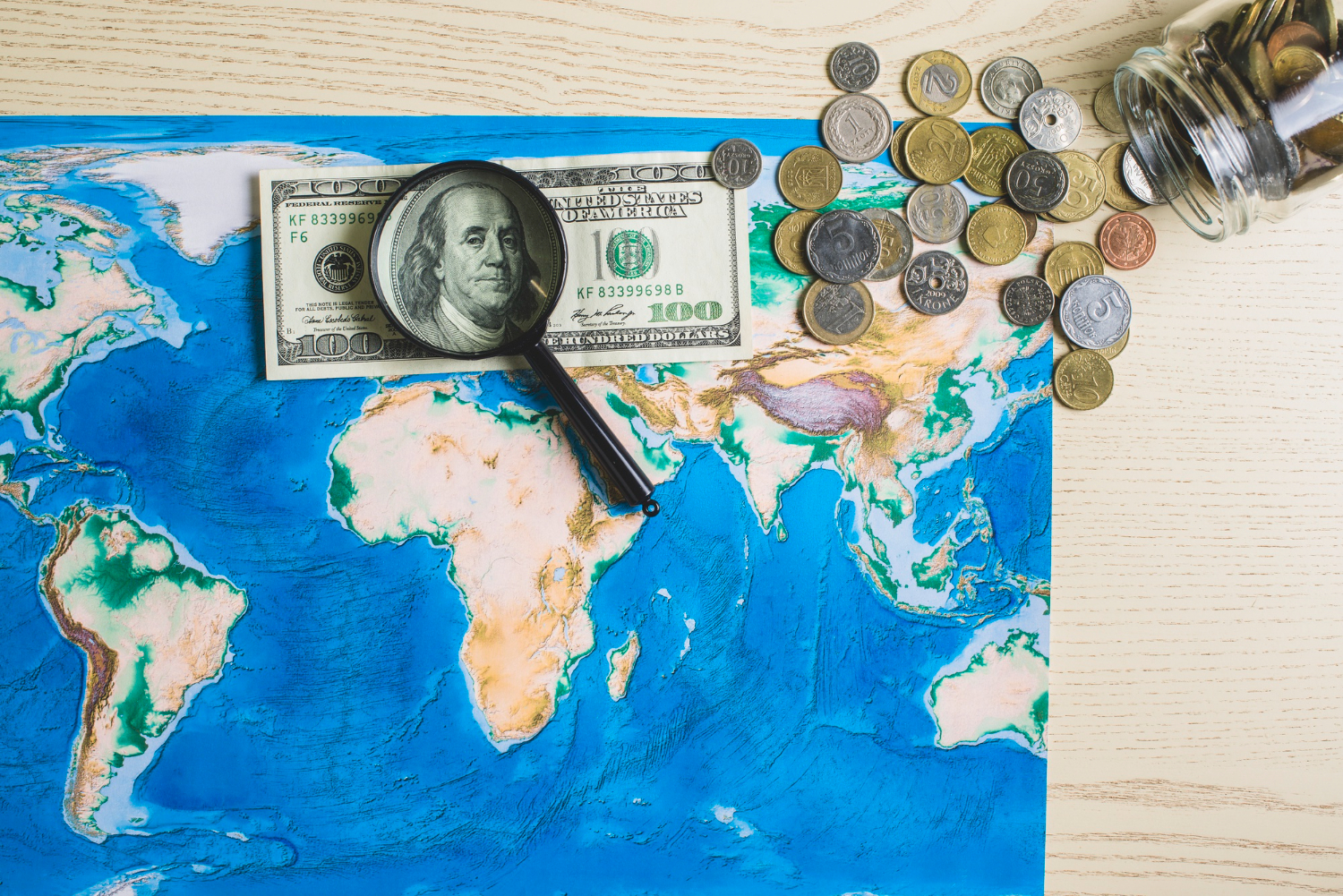




.png)
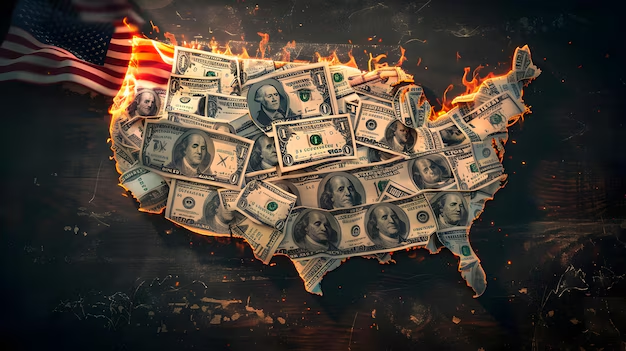

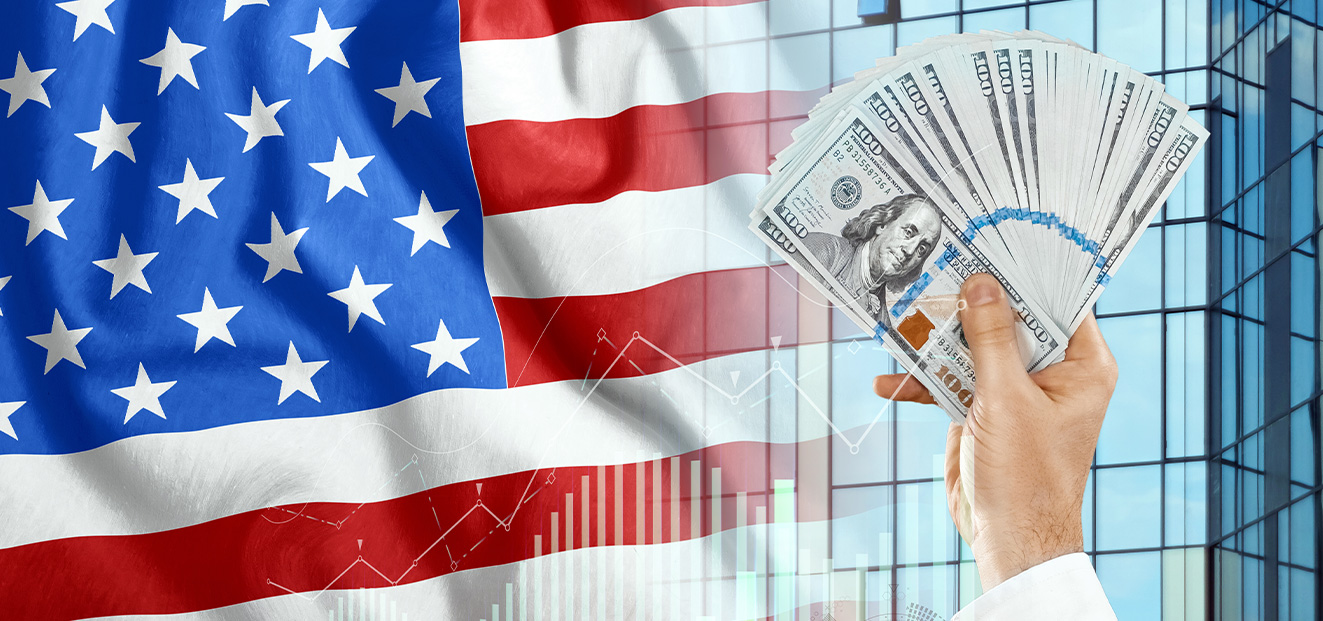

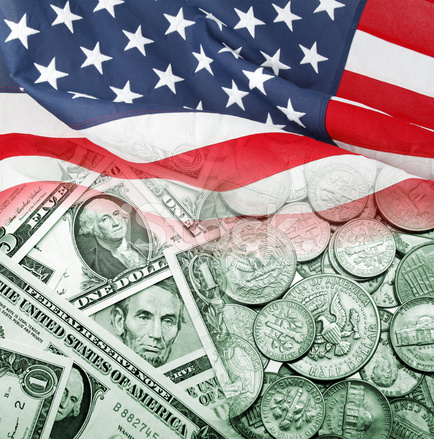



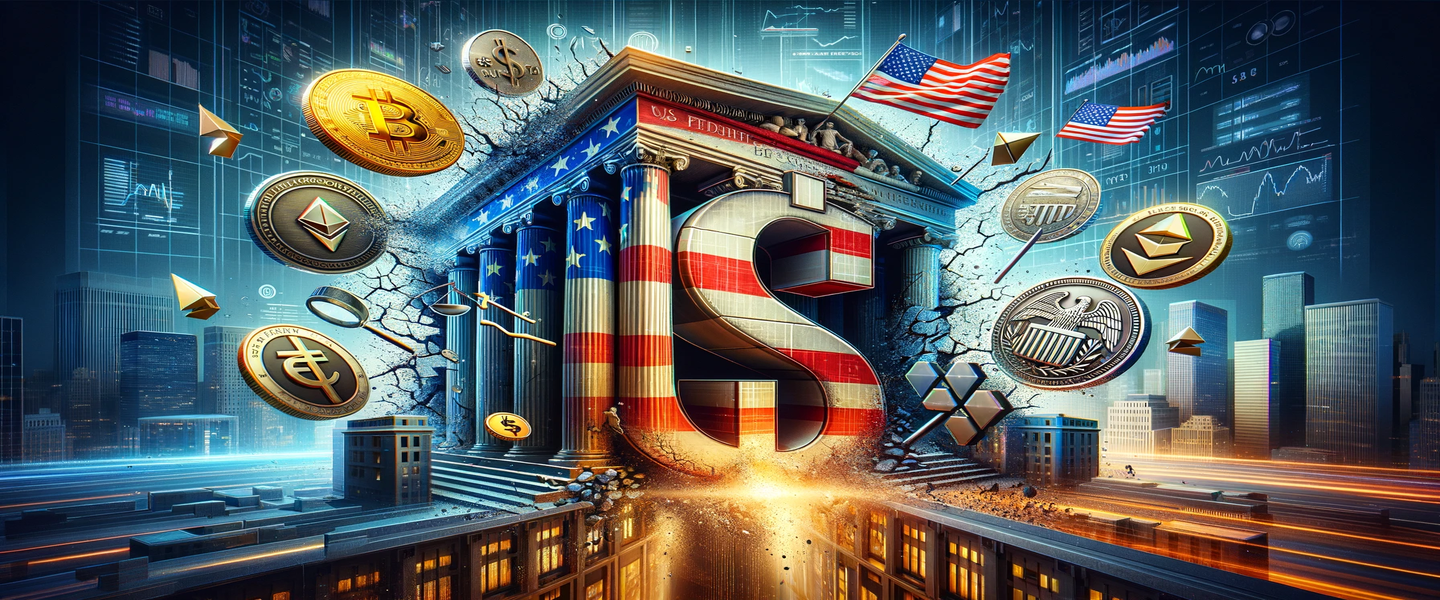
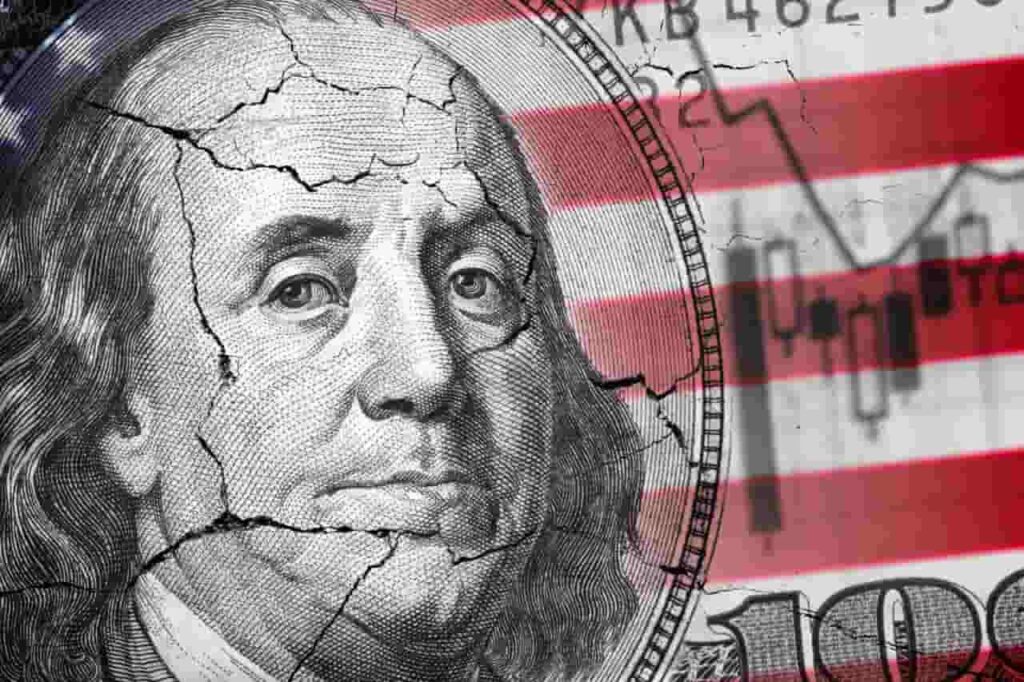
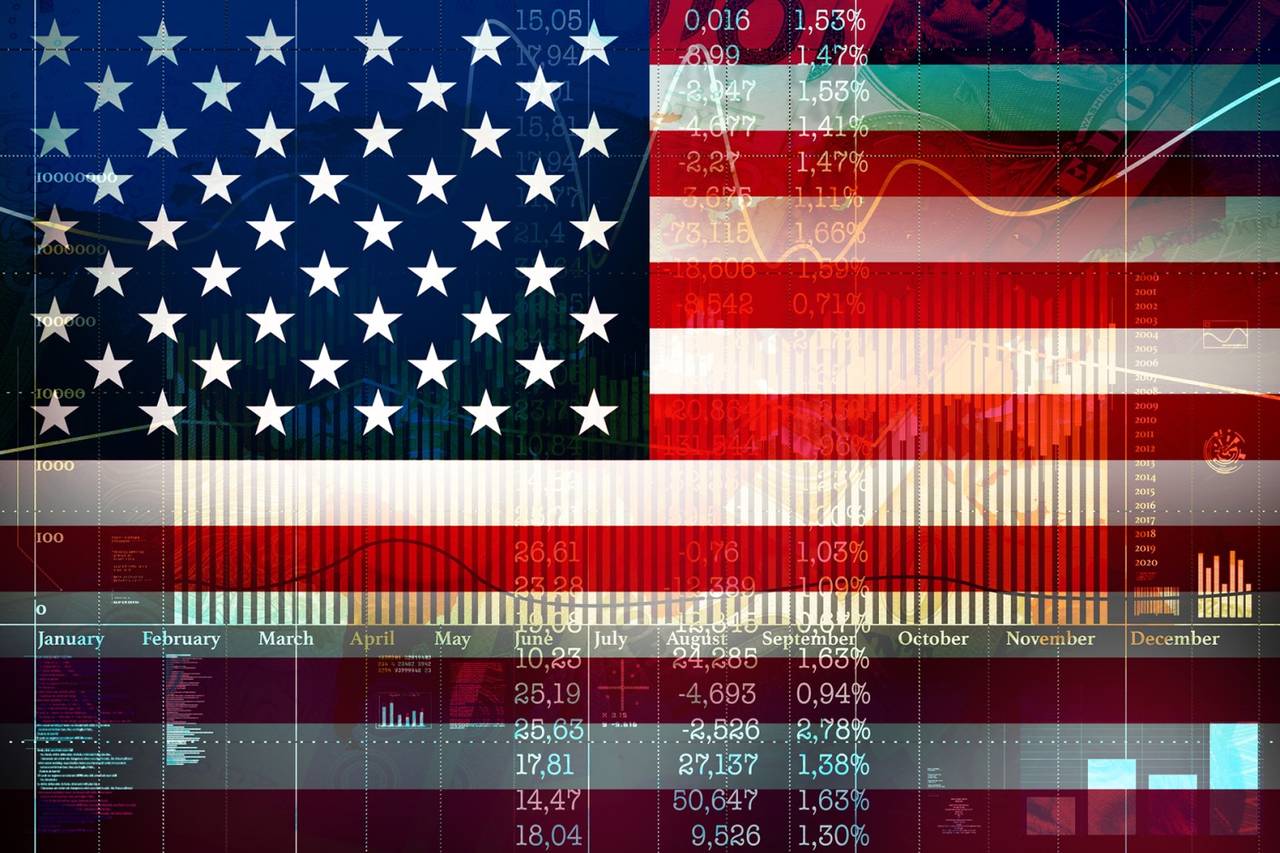
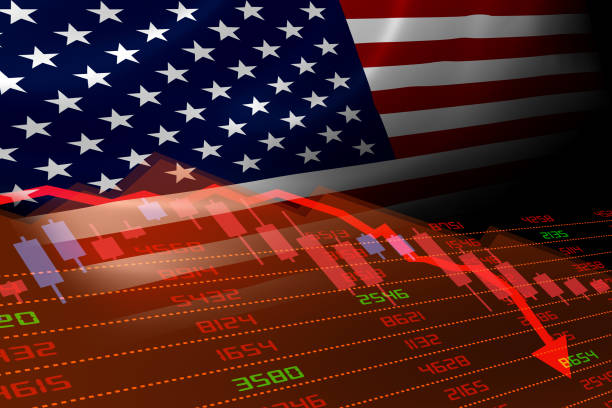
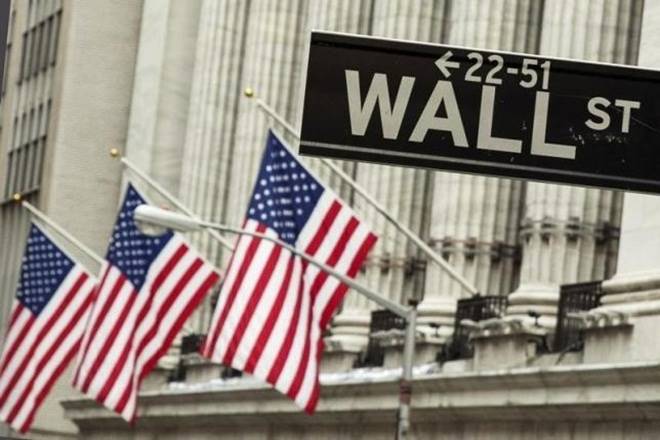
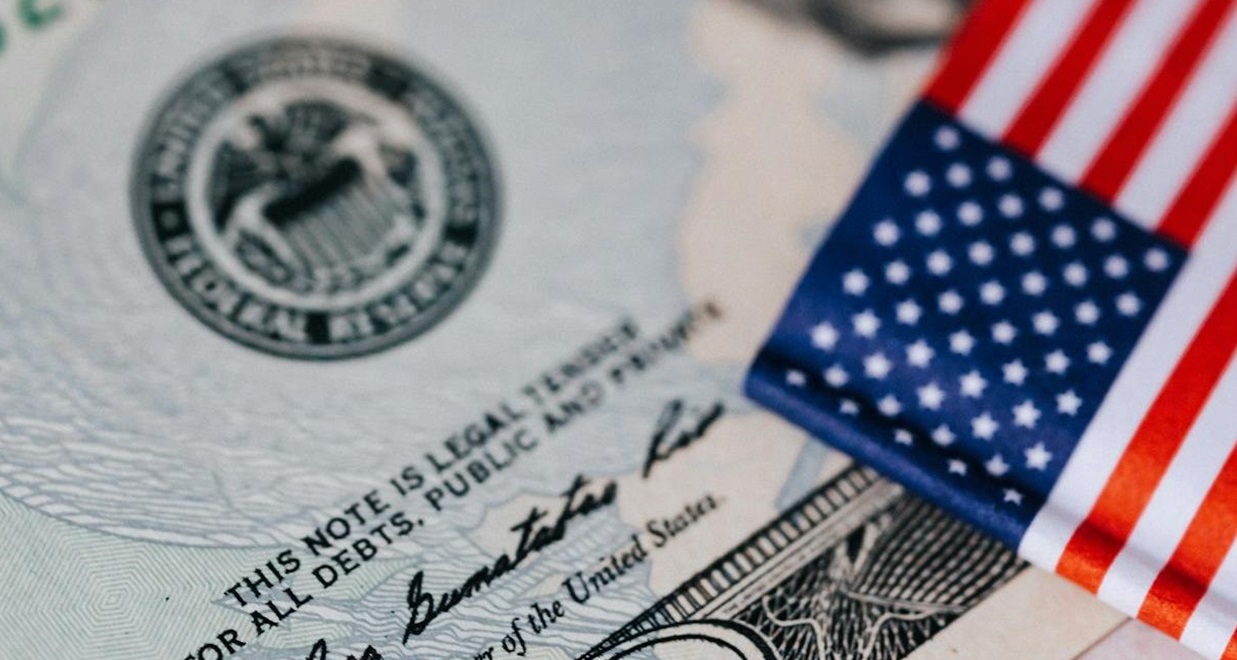
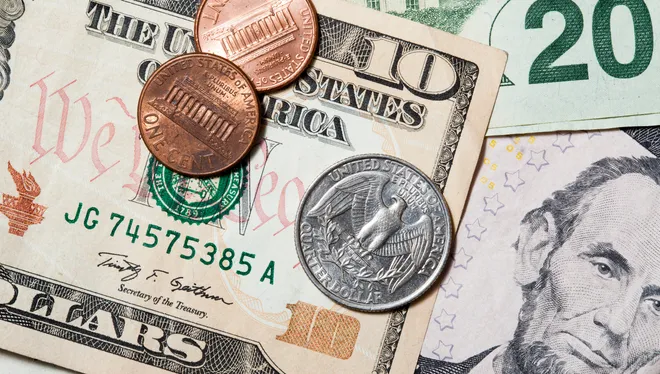
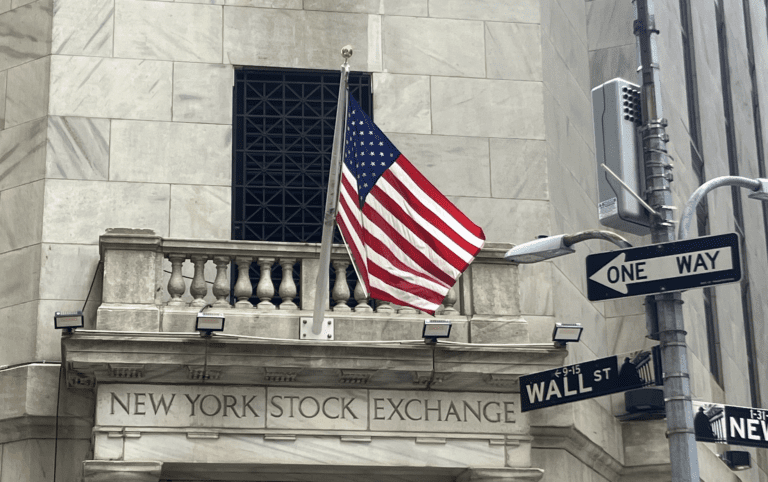

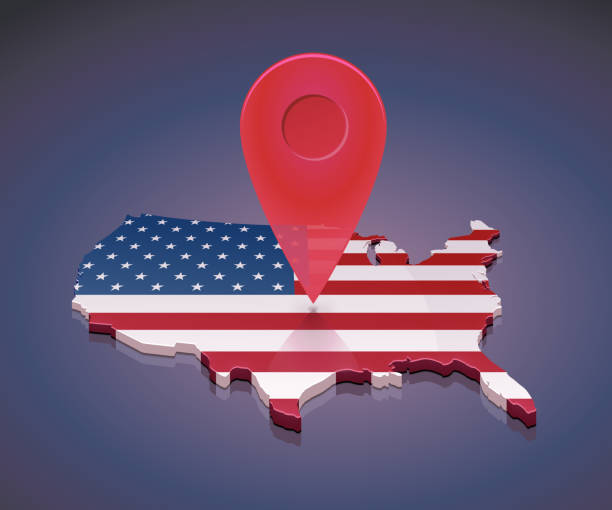
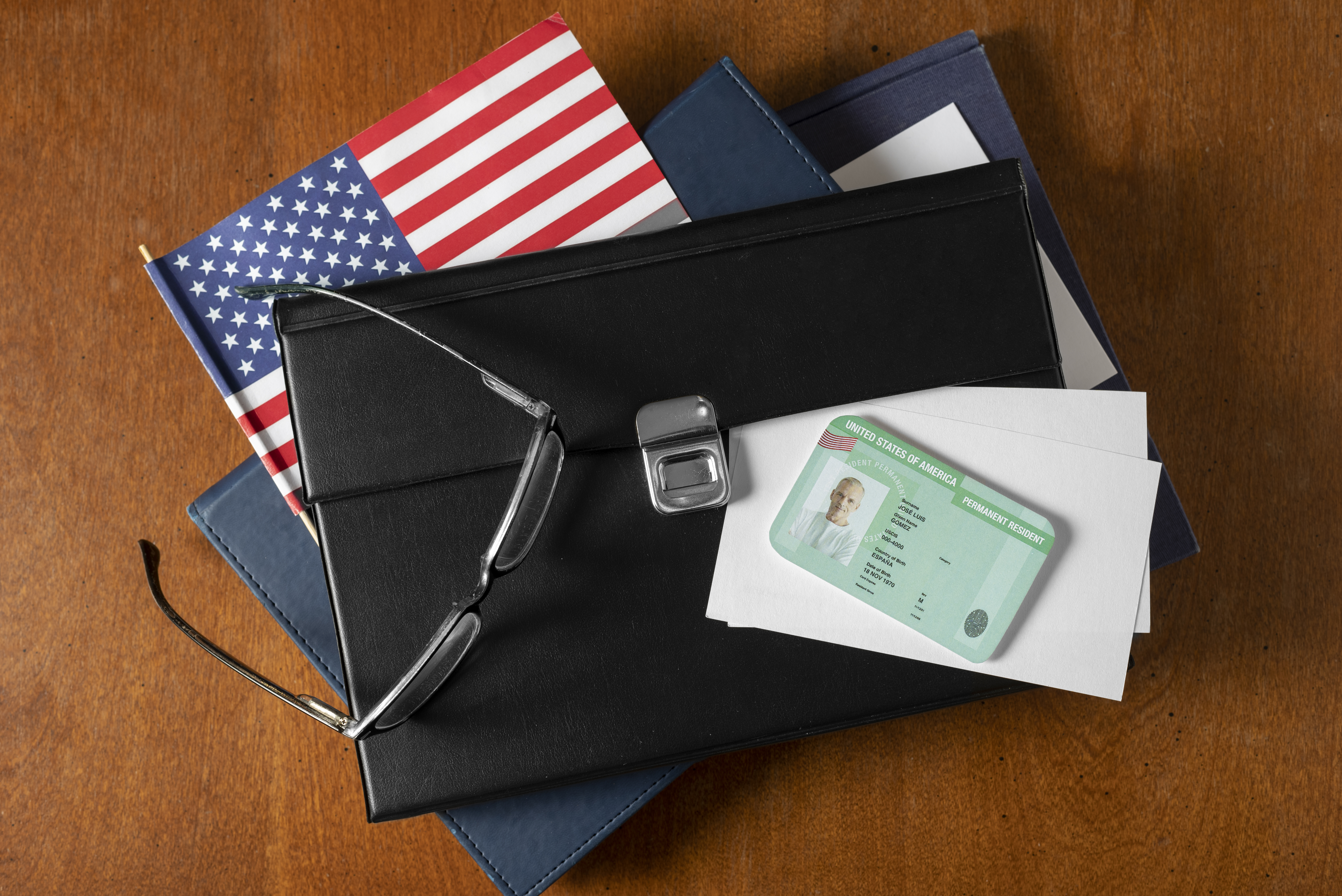
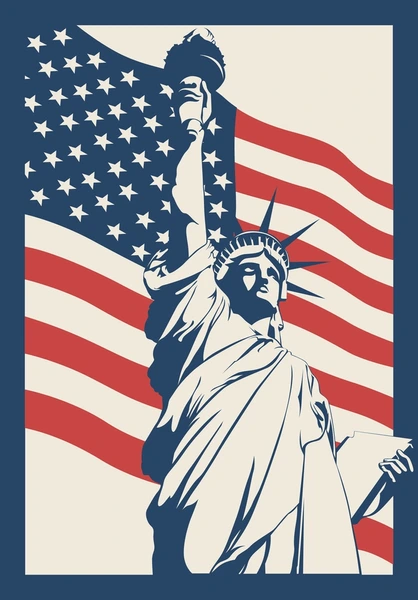
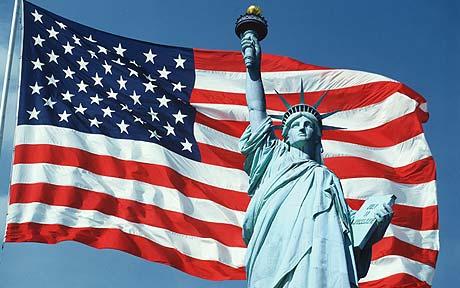

.jpg)
